Living a greener life starts with small changes – eschewing paper coffee cups in favour of your own receptacle; cutting down on packaging waste in the items you purchase; and where possible walking or using a bike or public transport to commute instead of a car.
But with the recent announcement that from November renovations and extensions of 25 per cent of the surface of the home or more will require home owners to ensure the entire dwelling will meet a higher Ber rating, how can you affect such refurbishments in a way that reflects a greener way of life?
Easy says Jim Cogan. He's just refurbished a small two-up, two-down terraced red brick in Portobello using natural materials.
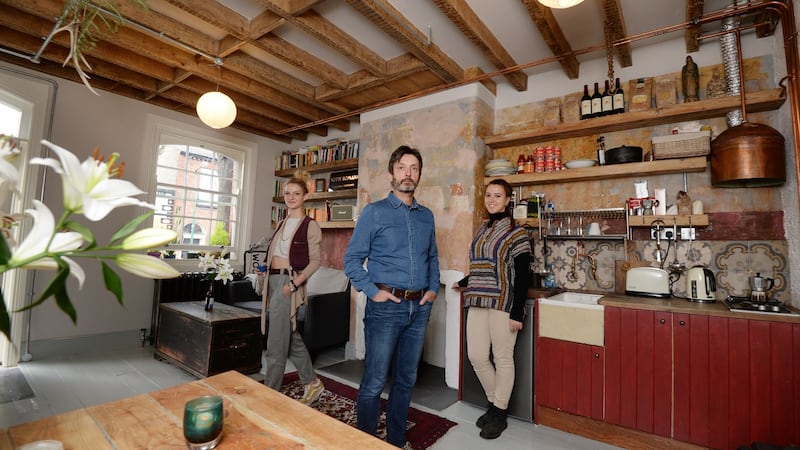
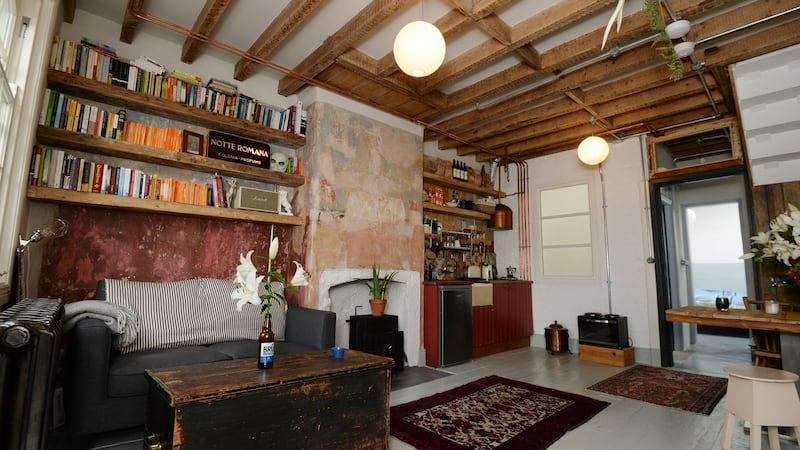
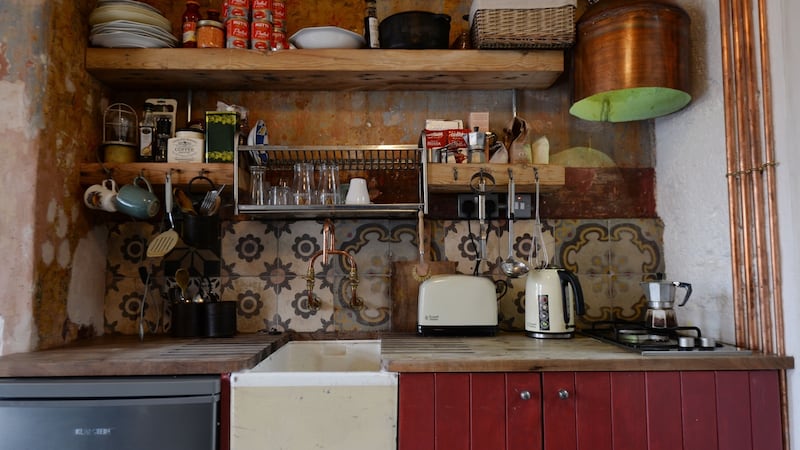
Buying a house is one of the biggest financial investments you will make and what you choose to put in your home, the materials that you select to renovate it, your insulation, building and even your paint choices, should all be questioned.
As Public Affairs Director at Ethanol Europe, Cogan's job is about communicating to legislators in and outside Ireland the merits of ethanol over petrol. At home, he is similarly conscious of environmental impact.
Cogan and his wife Valeria, who is Italian, have two childen, Lara and Kevin, who were raised in Rome but are now of college-going age and studying sociology at Trinity College. So he and his family were looking for a base in Dublin and spotted the mid-terrace artisan red brick in Portobello. It needed complete modernisation which suited Cogan just fine. The refurbishment would be done in as eco-friendly a way as possible.
Attention to handiwork
The fresh thinking starts at the front door, a heavy timber design that Cogan brought in from Germany. Back in the boom he had supplied custom windows and doors to the construction industry and sent drawings to Schmidt-Visbeck for the 100mm thick, insulated, five-point locking system, solid timber front door. This was made to measure to his design, one that emulated the original profiles of the doors in the neighbourhood.
All he did was add a few coats of paint, applied by hand, to make it look slightly less polished, and to better blend in with the neighbours’ doors. The house’s interior has a tongue- and groove-like finish to match the original internal doors of the upstairs bedrooms. This sort of attention to handiwork and detail is evident throughout.
The arched front window has also been made to match the original curve of the fenestration, something you don’t get in cheaper windows. The handmade replica has a slim profile and modern seals, details that helped the Ovolo Sash Windows fit in.
The front door opens into the property's main space. Under the window is an industrial-look cast-iron radiator made by Arroll in Belfast and supplied through Kilkenny Salvage.
Underfoot the painted timber floors look like they’ve been there since the turn of the 20th century at least. That is save for the outline of a cellar door. This you lift to reveal a below-deck storage space for outdoor shoes, to stop them cluttering up the limited floor space – all told the property is about 65 sq metres in size.
It is a genius move that also belies what else lies beneath. The flooring all had to be lifted to replace rotten joists. A breathable draft-proofing membrane blankets the joists onto which four layers of hemp insulation has been laid.
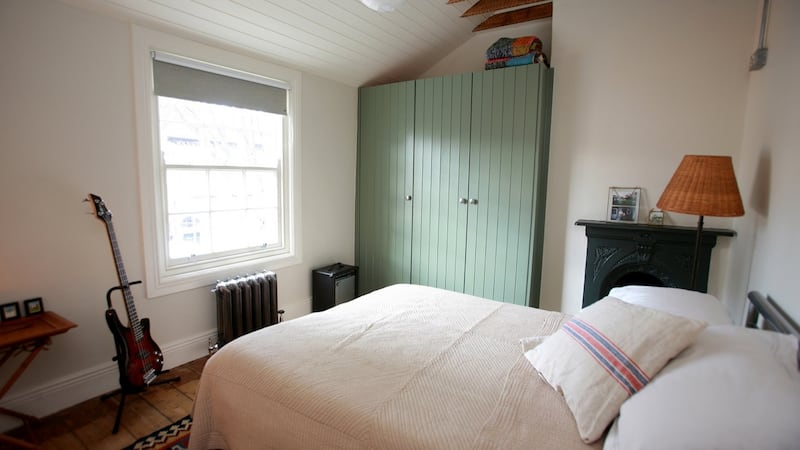
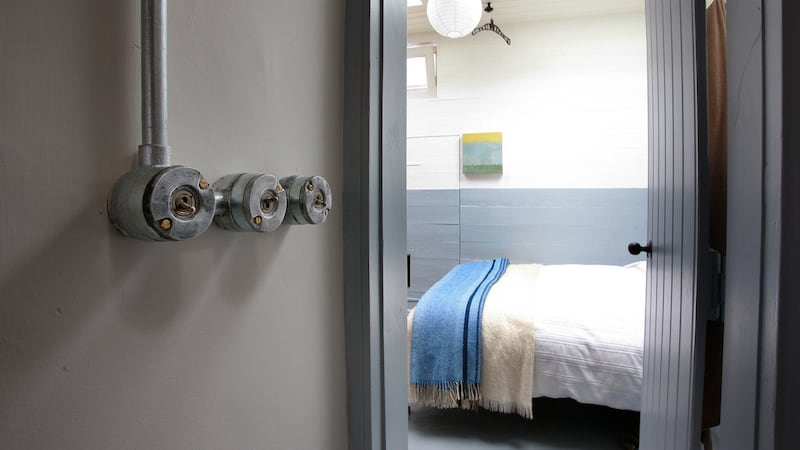
The walls were stripped back and Diasen diathonite cork render, a cork lime plaster developed for restoring historic buildings in Italy and supplied by Ecological Building Systems in Athboy, was used to insulate the front and back walls. The plaster itself contains cork granulate. "It is lime based and has to be built up in three or four layers until 60mm thick," Cogan explains. It is highly breathable with no cavities or barriers.
The benefit of a mid-terrace house is that its adjoining walls home are insulated by your neighbours. These were stripped back to allow the patination of the walls to be on view, showing the blancmange pinks and sickly greens that were once fashionable at various periods of the early and mid-20th century. While they look bare they have been coated in a fixative, a primer used on lime plaster that is breathable.
Interior design
Cogan's cousin, Jane Gilloway a visual merchandiser and home stager who worked on the design of historic visitor experience The Vaults, gave him some smart advice, suggesting he ensure the ceiling look perfect, to contrast with the original look of the walls. She suggested simple, soft, but well-pigmented whites – Farrow & Ball's Skimming Stone and Pointing – that would play with the light.
At just 2m long the kitchen is the size of the one your granny had and was made by Coogan's builder, Gavin Beaufort of Ellensborough Building & Carpentry.
“I would never have taken on a renovation job without first having my builder agree to doing the job. He never says no to anything and always finds a solution.
“A lot of work went into making it look like it wasn’t touched,” says Beaufort. “It was time consuming but 100 per cent rewarding. The deep restoration fully stripped it back and refitted it to keep the 19th-century character of the property. All doors and fitted furniture where handmade on site.”
The walnut counter tops were about to be put into a skip – Coogan had wanted zinc and may change them at a later stage. Old encaustic tiles and a Belfast-style sink were sourced from B&G Salvage. The scullery-style taps were sourced from Romanian-based Switchrange. com, Cogan explains. "I wanted simple wall-mounted copper taps, in-keeping with the feel of an 1883 artisan's cottage. I had scoured the salvage yards and couldn't find them."
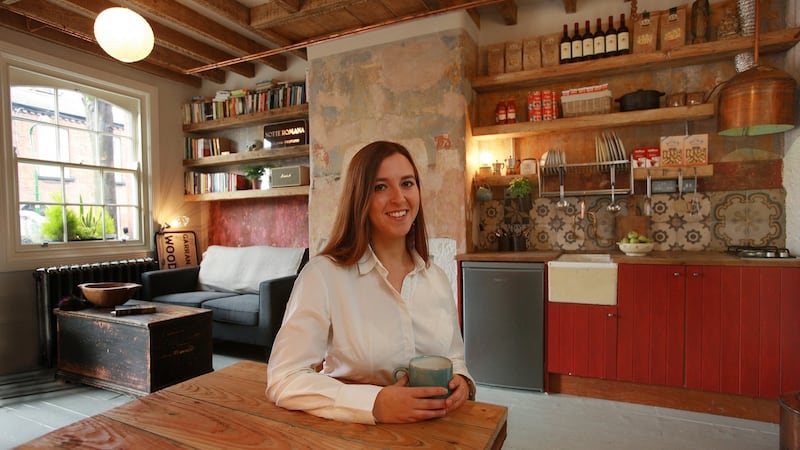
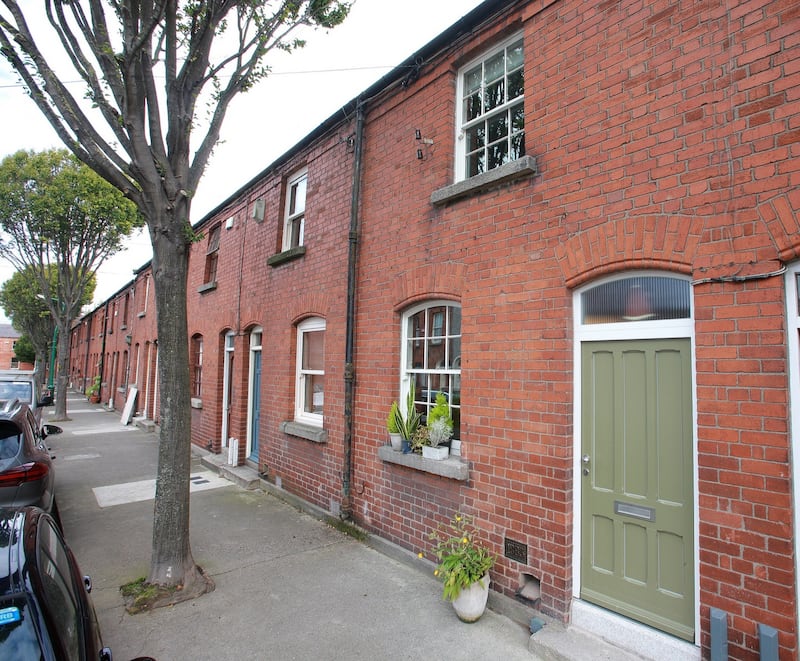
A small, bedsit-size two-ring hob has been set flush with the counter top and above it is a home-made extractor fabricated by Cogan from the original hot water tank. It has a fan installed into it and some ducting to draw it outside. An oven that still needs to find a home is set on the floor. Cogan calls it a counter-top oven but it is more usually referred to as a mini oven by appliance dealers, and it is their main cooking source.
Cleverly it has a two-hob electric place set into its top and these three devices allow them to make a roast chicken dinner or whatever is on the menu. It’s a far cry from banks of appliances in suburbia. Throughout the house, exposed copper water pipes are on display. The electrics are also on show but safely hidden behind steel pipe work.
“After we’d stripped away all the old plaster and applied the insulation there was nowhere to hide the pipes so we decided it was nicer to embrace it and make a feature of it,” he says. He also invested in old-fashioned industrial-look switches that were made by hand in the UK by Hever Iron Works and basic industrial-looking plugs.
The under-the-stairs cupboard has been built using wood from the original porch and a birch beam, cut from a tree in his cousin's garden in Co Wicklow, forms its cloakroom rail.
“The porch was disassembled and reassembled and I had to stop people dumping it into the skip on several occasions,” builder Beaufort recalls.
But on such an eco build what need was there for a skip? “There was still a surprising amount,” he says. “The floor joists, for instance, were completely rotten with dry rot as a result of a lack of air circulation.”
The shower room is situated in what was once the back yard. Its granite window sill is still in situ as is the granite step of the back door.
The back room, part of the footprint of the house when Cogan bought it, is lined in horizontal widths of larch that climb the walls. From about dado level these are painted grey with a warm white above used to create a strong sense of contrast, save for one wall which has been left in its raw wood state, “as an experiment”, until Coogan decides what he’d like to do with it.
Two big roof lights beam light into the space. There is under-floor heating here and 200 ml of hemp insulation with his grandmother’s wardrobe having pride of place in one corner.
The stairs are painted Studio Green by Farrow & Ball. Upstairs there are two bedrooms with painted floorboards. The main bedroom runs the width of the house and has exposed rafters while the back bedroom has a cabin-style bed.
Cogan paid €385,000 for the property last spring, according to the property price register and says the renovations works cost €80,000 including materials.
“The footprint was there but we rebuilt everything, with new slab, under-floor insulation and heating,” says Cogan. “We paid attention to the fabric of the building. It looks like an untouched artisan’s cottage but all the important hidden stuff is new, and there was a lot of labour in the ceilings, new build and hand-built cabinets.”
ecologicalbuildingsystems.com

















